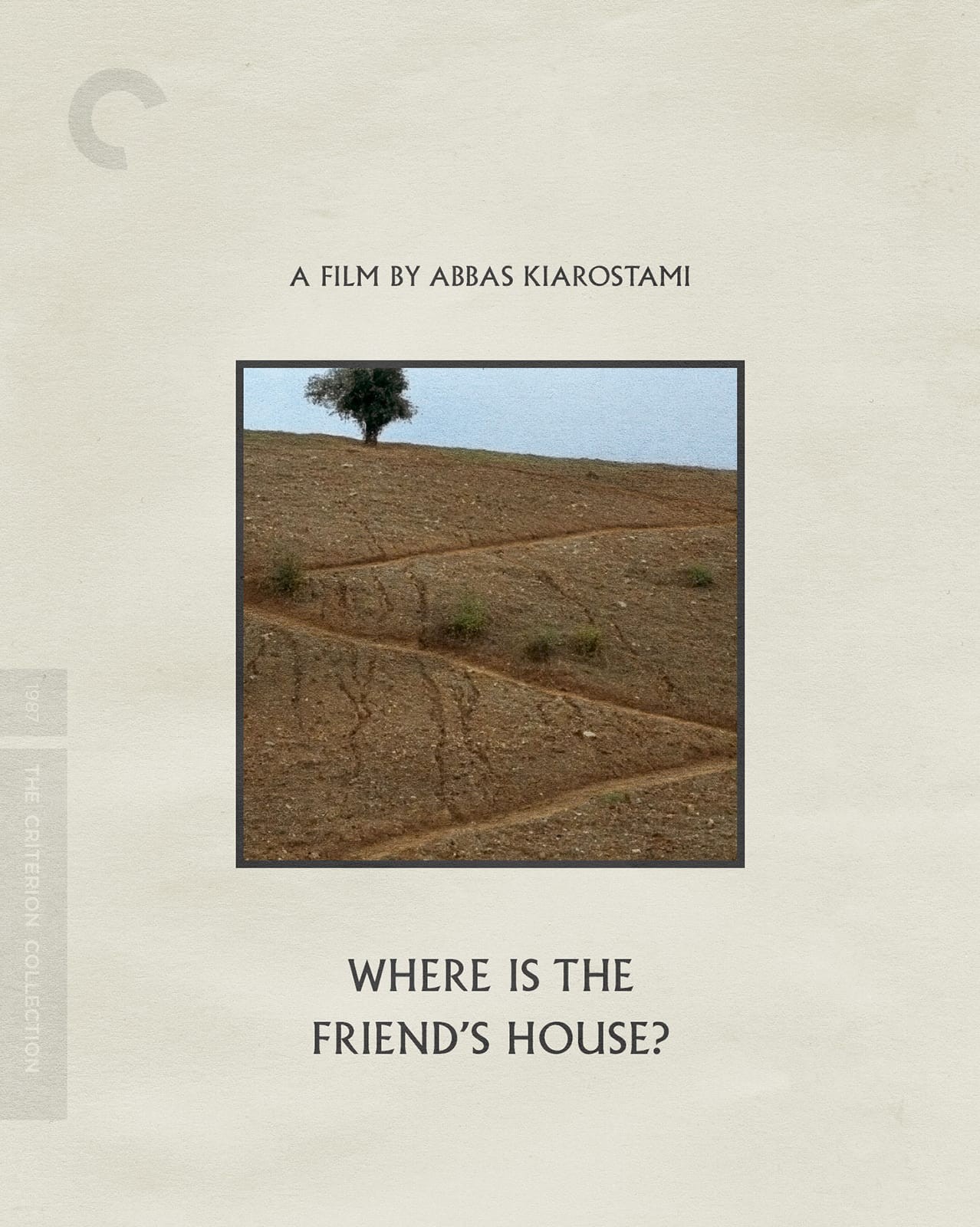

Thinking about the movie Where Is the Friend’s House? immediately brings me to thoughts of Noor—the way she moves through the world, her natural curiosity, her sense of wonder. There is something about childhood, about those formative years, that feels so pure, untouched, and instinctively virtuous. It is a time when emotions are raw and simple, unclouded by the layers of experience that come with growing older. Noor embodies that innocence, that sincerity of heart, and I often find myself drawn to her because she reminds me of something I have lost.
It is not just the presence of childhood virtues that she carries, but also the way she so effortlessly inhabits them. She welcomes the world with open arms, greets the unknown with excitement rather than fear, and plays with an abandon that speaks of trust in the goodness of life. Watching her, I feel a mix of nostalgia and longing—a recognition that there were once parts of me that operated in the same way, but that over time have eroded, buried under the weight of disappointment, disillusionment, and compromise. What were those primary virtues? Honesty, kindness, curiosity, the belief in simple joys? At some point, they stopped feeling sufficient. I had to become more guarded, more skeptical, more careful with my emotions. And yet, being with Noor makes me wonder if those virtues can be reclaimed, if they are not gone but simply dormant, waiting for the right kind of light and warmth to bring them back to life.
Returning to the film, Where Is the Friend’s House? evokes a similar kind of deep emotional stirring. The film tells the story of a young boy who embarks on a simple yet profound journey to return his friend’s notebook, a journey that becomes an exploration of duty, kindness, and the moral clarity of childhood. There is something about the film’s sincerity that reminds me of Noor’s spirit, of that unfiltered way of existing in the world that prioritizes what is right, not because it is expected or required, but because it is simply the natural thing to do. Watching the film, I feel like I am witnessing something rare and precious—something that should not, by all logic, exist in the world in which it was made.
The director, Abbas Kiarostami, has a way of capturing something impossibly delicate, as though he has reached into a place of chaos and strife and pulled out a pure, unblemished truth. The film feels like a diamond extracted from a river of mud and violence, lifted into the light for all to see. What is even more astonishing is not just that he managed to retrieve it, but that he holds it before us with such care, turning it gently so that we can see every facet, every reflection of something deeper within ourselves. There is no embellishment, no grand orchestration to demand our attention. Instead, we are given something simple and honest, and in that simplicity, we are utterly mesmerized. The film does not just tell a story; it reminds us of something we may have forgotten about ourselves.
This is what great art does—it compels us to look inward, to examine what we have lost or neglected. In watching Where Is the Friend’s House?, I find myself questioning the things I have accepted as reality. Have I replaced something real with a cheap imitation? Have I convinced myself that diluted versions of virtue—performative kindness, cautious optimism, calculated sincerity—are enough? And if so, is it possible to cast those aside and go in search of the real thing?
This search, I realize, is not just metaphorical. It is tangible, present in everyday choices. It is about how I interact with the world, how I approach love, how I allow myself to feel. Noor’s presence is a daily reminder of what it looks like to live with unfiltered joy, with curiosity that is not tainted by cynicism. She does not hesitate to ask why, to explore without shame, to express affection without fear of rejection. These are the things that, as adults, we train ourselves to suppress, to filter through layers of doubt and social expectation. And yet, watching her, I cannot help but wonder: what if I unlearned that? What if I let myself believe in goodness the way I once did?
There is something deeply humbling about witnessing purity in action. Whether it is through Noor’s laughter or through a film that captures the unguarded heart of a child, it forces a confrontation with the ways in which we have hardened. It makes us wonder what parts of ourselves are still salvageable, what virtues we can return to if we only make the effort to seek them out. Perhaps it is not a matter of retrieving something lost, but rather of recognizing that it was never truly gone—that beneath the layers of doubt and distance, those same virtues still pulse quietly, waiting for the chance to be seen again.
Maybe that is what the best stories do: they take us by the hand and lead us back to ourselves. They whisper that it is not too late to remember, not too late to believe again. And in that remembrance, in that return, we might just find our way to something real.